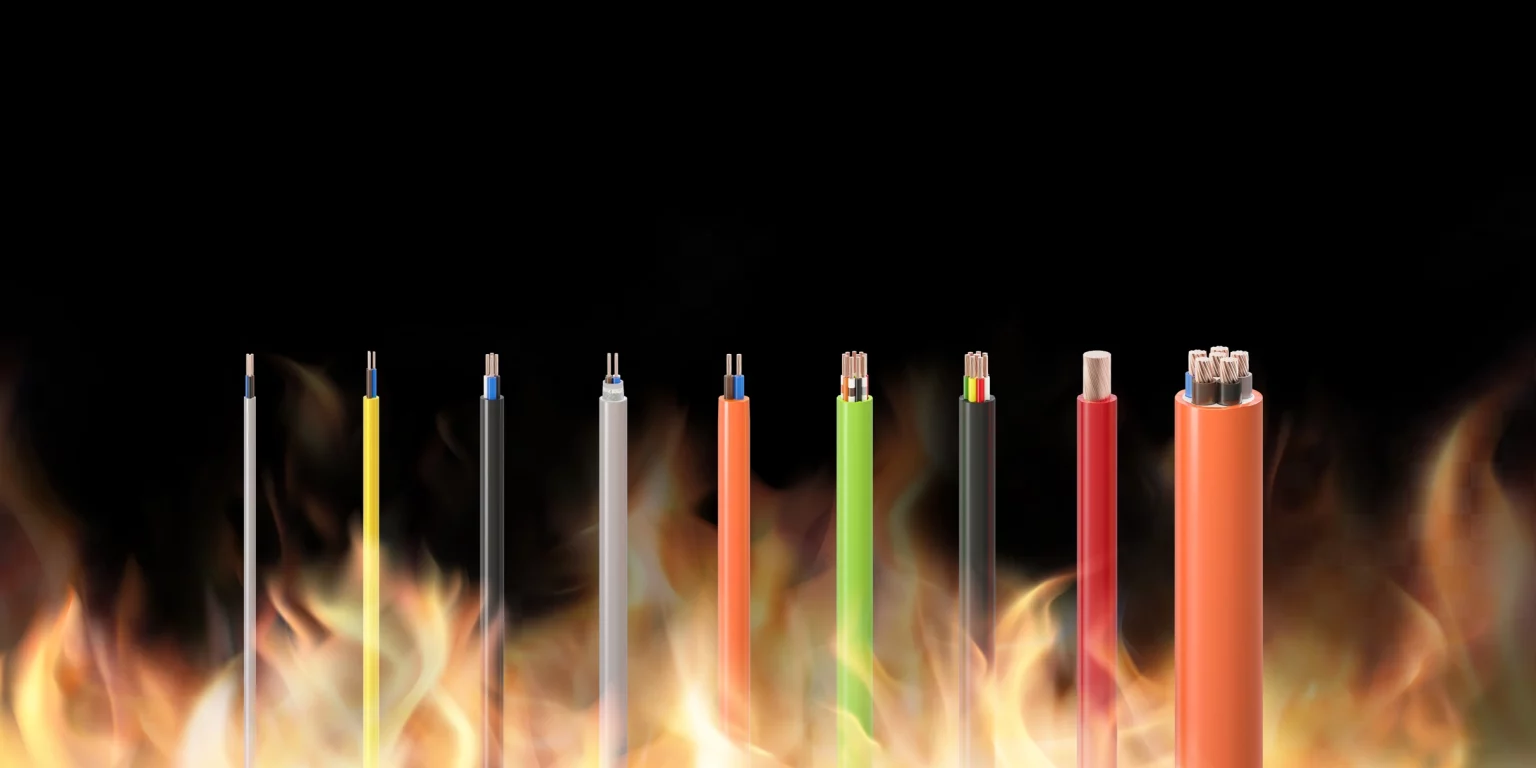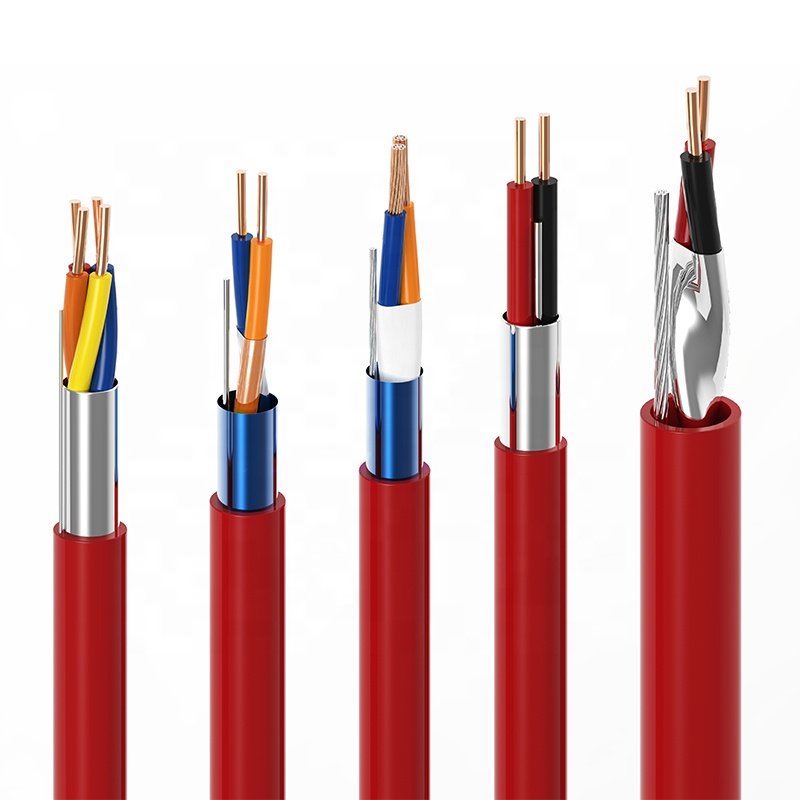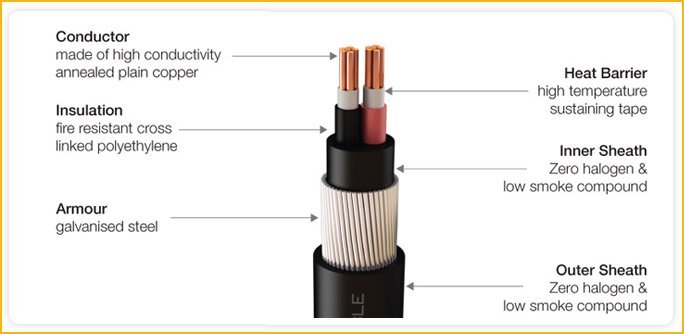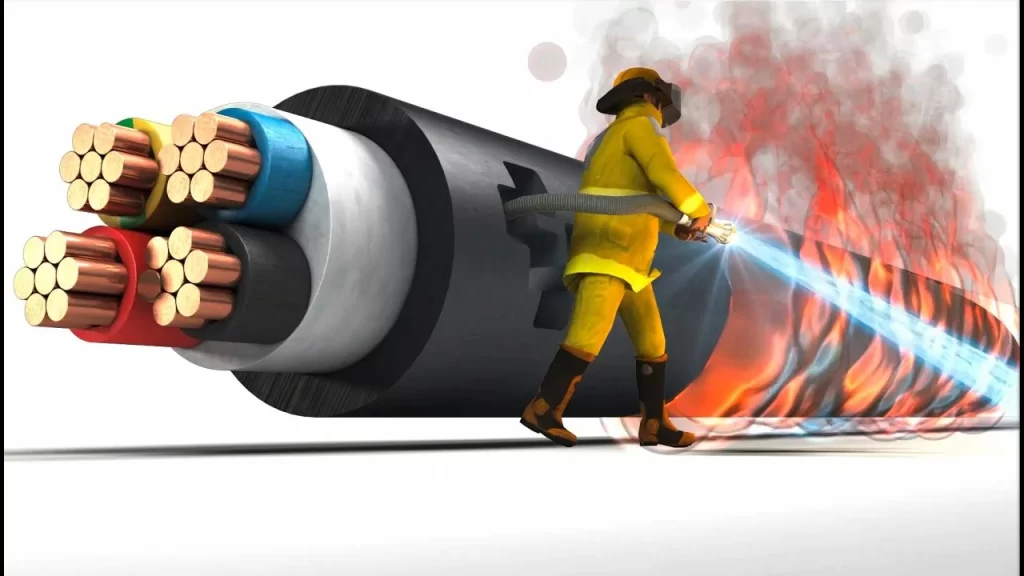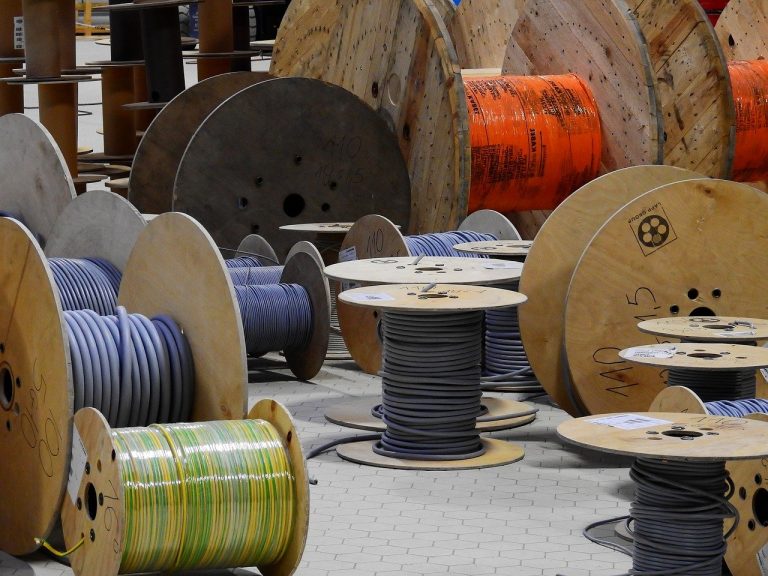Fire is one of the most destructive forces in the world, capable of destroying property and taking lives. This is why fire safety and prevention have become a top priority for many industries.
We have seen that many factories and offices have implemented measures to reduce the risk of fires and protect their employees. One important aspect of fire safety is the use of fire-resistant cables or flame-retardant cables. But here, confusion often arises as many think these two cable types are the same. Well, this is not true.
Every home or every industry needs cables that can withstand fire and other hazardous materials. Fire-resistant cables have been tested and certified to meet certain standards, whereas flame retardant cable has been designed to resist or slow the spread of flames. In this guide, we will discuss the difference between fire-resistant and flame-retardant cables in detail so you can make an informed decision.
What Is Flame Retardant Cable?
Flame retardant cables are specifically designed to prevent the spread and sustainment of fire. These cables limit the amount and duration of heat produced when exposed to external sources like a flame. Flame retardant cables can be made from thermoplastics, rubber, PVC, or specialty compounds.
The conductors that makeup flame retardant cables are also treated with compounds that make them less susceptible to burning and melting. These compounds may include halogen-free polymers or fillers like glass fibre, mica, aramid fibers, and mineral fillers. With flame retardant cable IEC 60332, you can rest assured that your wiring will stay undamaged in case of a fire breakout.
What Is Fire Resistant Cable?
Unlike flame retardant cables, fire-resistant cables are specifically designed to withstand the heat produced in a fire. These cables generally use thicker insulation layers which can protect them from the intense heat and flames of a fire.
They are often made with special materials like cross-linked polyethylene or silicone rubber compounds that can handle temperatures up to 2000°C without melting or losing their insulation properties.
In addition, fire resistant cables may also be composed of different types of metal alloys or treated with specialized chemicals that make them flame-resistant and heat-resistant. This makes fire resistant cables a crucial component in any wiring system with a chance of an extreme fire. Fire resistant cable catalogue will give you a better idea of the types and uses of these cables.
Difference Between Fire rated and Flame Retardant Cable
The fire-rated cable industry comprises two types of wires and cables, fire resistant (FR) and flame retardant (FR). While both are designed to help protect property from the damaging effects of fire, there are some major differences between these two varieties.
- Wire Sheath
Flame retardant cable has a sheath of material designed to keep flame and smoke from spreading, while fire-resistant cable does not. Flame retardant cables must meet stringent requirements for testing and pass UL 1685 Flammability tests.
- Flexibility
Flame retardant cables are typically more flexible than fire resistant wires. This makes them easier to install and work with in cramped or confined spaces. Flame retardant cables can often be bent to fit into tight spaces that fire-resistant wires cannot.
- Insulation
The insulation on fire resistant and flame retardant cables are also different. Fire resistant wire has a much thicker insulation layer than the flame retardant cable, making it better suited for long-term applications or reducing oxygen levels that might lead to combustion.
- IEC Standards
The flame retardant cable specification must meet the IEC 60332 standard. All flame retardant wires must pass this internationally accepted requirement, including the UL 1685 Flammability test. However, fire-resistant cables pass the IEC 60331 standard, which is a much more stringent testing procedure and indicates that the wire is more resistant to heat and flame than the IEC 60332 standard.
- Cable Types
There are two types of fire resistant cables, Single Core and Multi Core. Single-core cables are commonly used in residential and commercial buildings, while multi-core cables are typically found in industrial and automotive applications, and fire retardant cable types are categorized according to the type of materials used in them, such as aluminum or copper.
Flame Retardant Cable Vs Fire Resistant Cable Price
Price is the crucial factor that comes to mind when considering the difference between flame retardant and fire resistant cables. Generally speaking, fire resistant cables are more expensive than flame retardant ones. The higher cost of the former is due to its construction, which includes multiple layers of insulation that reduce the risk of fire or damage from a short circuit.
Usually, the manufacturer’s catalogue will tell you the exact price of each type of cable. If you’re looking for a fire resistant cable, check out the different types available and compare prices between them.
Flame Retardant Cable Vs Fire Resistant Cables | Which Is Best to Use?
The battle between flame retardant cable and flame resistant cable can send electricians into a heated debate. In simplest terms, both are fire prevention measures, but which is best for the job?
On the one hand, flame retardant cables use materials with low flammability that melt away once exposed to high temperatures or abnormal radiation from an electrical source.
Yet despite their proven safety, these cables aren’t considered reliable in containing fires. On the other hand, flame resistant cables can withstand and contain high temperatures, making them more resilient and capable of preventing fires from spreading.
Ultimately, it’s up to you to select the right type of cable based on your needs and risk management strategy; perhaps investing in both types could be the smartest move! Regardless of your choice, remember that nothing beats proper preventative maintenance when protecting yourself and those around you from potential electrical danger.
The stakes are too high, especially if human lives are on the line, so always assume that a fire is possible even with these protective measures. Be safe out there!
Conclusion
Your business and home are your biggest investment, so you must protect your electrical cables and wires appropriately. Fire resistant cables, fire rate cable, flame retardant cables, and halogen free flame retardant cables provide the highest level of protection for any environment, ensuring your property is kept safe from electrical fires.
These two are different wires that have their specific uses and qualities. Understanding the difference between fire resistant and flame retardant cable will help you decide which type is suitable for your needs.
Still confused? ZW cables have an extensive range of fire-retardant and flame-resistant cables. To help you choose the right type of wire for your application, our experienced team is ready to assist you with every detail. Visit our catalogue page today and ensure your electrical wiring projects are handled safely!
Last Updated on December 6, 2022 by Richard

